Maximizing productivity is a goal shared by professionals, students, entrepreneurs, and virtually anyone who seeks to make the most out of their time and abilities. Yet, in today’s fast-paced digital world, productivity can often feel elusive. Distractions are ever-present, workloads can seem overwhelming, and the pressure to achieve more with less time is a constant companion. To tackle this challenge, it’s important to understand that maximizing productivity isn’t simply about working harder or longer — it’s about working smarter. This process involves intentional planning, self-management, and leveraging strategies and tools that align with your goals and strengths.
## Understanding Productivity: Beyond the To-Do List

Productivity is often mistaken for busyness. However, crossing off a long list of tasks does not necessarily equate to meaningful achievement. Real productivity focuses on effectiveness — moving forward on your most important objectives with clarity and purpose. This might even include eliminating or delegating less essential tasks.
The foundation for true productivity lies in aligning your work with your values and your highest priorities. Before diving into tips and techniques, take the time to identify what matters most in your professional and personal life. This clarity will direct your focus and ensure that your productivity efforts are both efficient and fulfilling.
## Setting SMART Goals
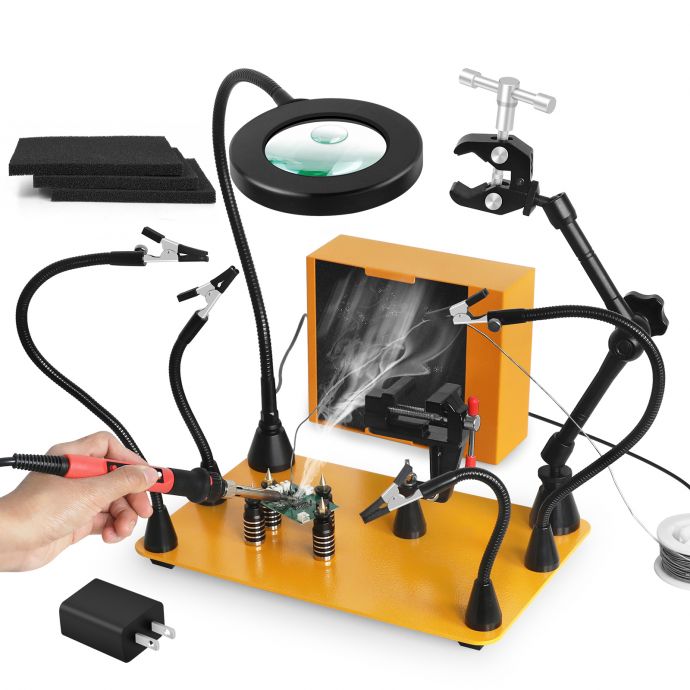
One of the most effective ways to maximize productivity is by setting goals that are Specific, Measurable, Achievable, Relevant, and Time-bound (SMART). Vague aspirations like “be more productive” are hard to act on. Compare that with a SMART goal: “By the end of this month, complete all project deliverables by allocating two focused hours each morning and eliminating unnecessary meetings.”
SMART goals turn broad ambitions into actionable steps, providing a clear path and defined checkpoints along the way. This makes it easier to monitor progress, celebrate wins, and quickly recalibrate if things go off track.
## Planning: The Pillar of High Productivity
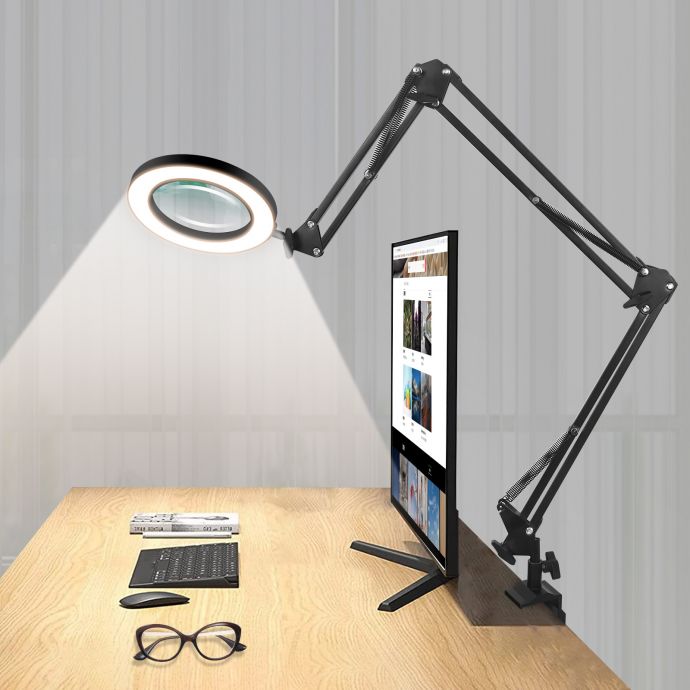
Daily and weekly planning are crucial in maximizing productivity. Spend a few minutes at the end of each day or the beginning of each week to outline your top priorities. Use tools such as bullet journals, digital planners, or tried-and-true paper lists. Many productivity experts recommend prioritizing three essential tasks each day — your “big rocks” — and ensuring these are accomplished before attending to smaller, less critical activities.
Batch similar tasks to maximize efficiency, such as handling all emails during a specific window rather than sporadically throughout the day. This reduces “context-switching,” which can drain your mental energy and focus.
## Time Management: Winning the Battle Against Distractions
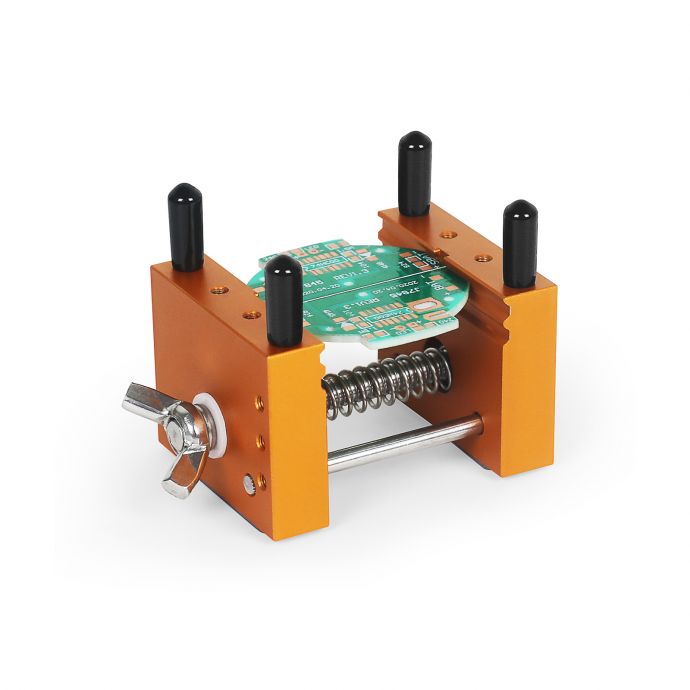
Effective time management is at the heart of productivity. Modern technology, while helpful, can also sabotage focus with constant notifications, messages, and internet temptations. To combat these distractions, consider implementing techniques such as:
- **Time Blocking:** Allocate specific times in your calendar for focused work, meetings, and breaks. Treat these blocks as non-negotiable appointments with yourself.
- **The Pomodoro Technique:** Work intensely for 25 minutes, then take a 5-minute break. Repeat this cycle and take a longer break after four sessions. This method leverages the power of short sprints and regular rests to maintain energy and prevent burnout.
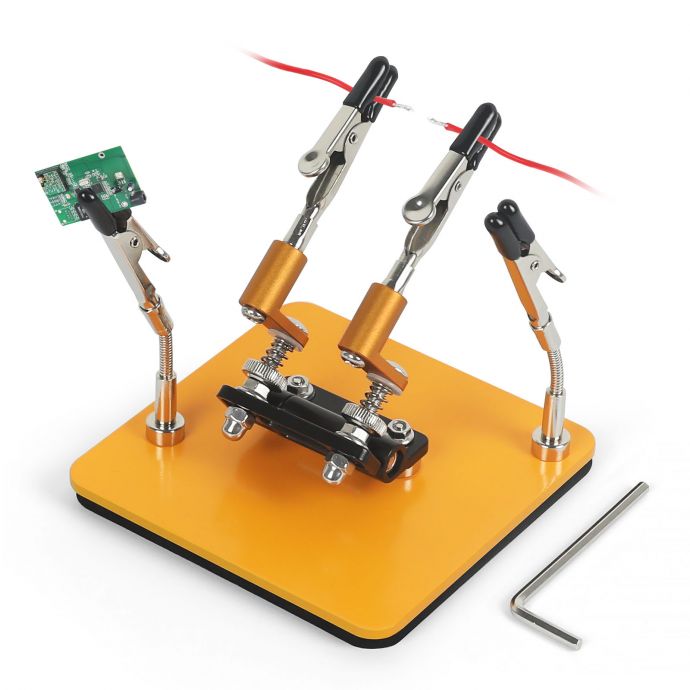
- **Single-Tasking:** Multitasking is a myth for most complex tasks. Focus on one activity at a time, and give it your full attention until it’s complete.
Silencing notifications, closing unneeded browser tabs, and communicating your focused work hours to colleagues can also minimize interruptions.
## Leveraging Technology and Tools Wisely
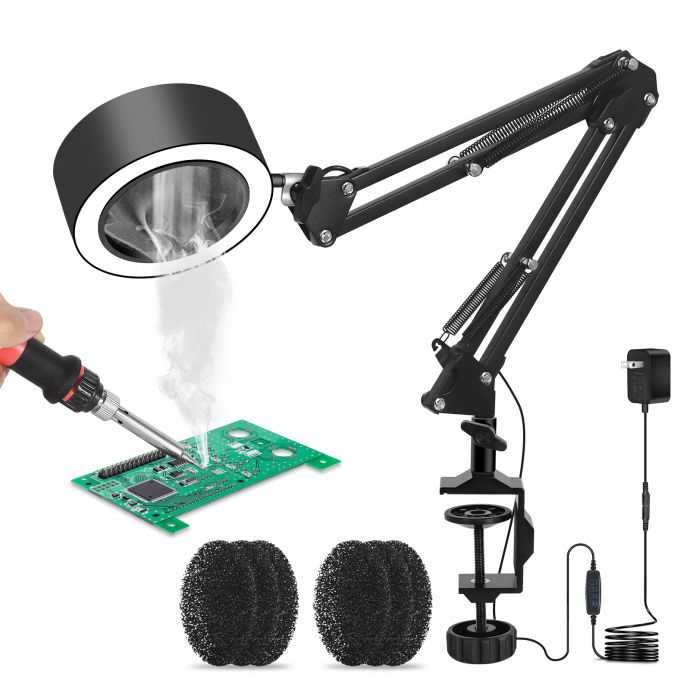
While technology can be a cause of distraction, it also offers invaluable productivity tools:
- **Task Management Applications:** Apps like Todoist, Asana, or Trello help you organize tasks, set deadlines, and collaborate with teams.
- **Calendar Apps:** Google Calendar or Outlook can help you schedule and visualize your day or week.

- **Automation Tools:** Zapier and IFTTT enable you to automate repetitive tasks, such as saving email attachments or posting across social media platforms.
- **Note-Taking Solutions:** Evernote and Notion allow you to capture ideas and meeting notes in organized, easily retrievable formats.
Choose tools that fit your workflows, and avoid overcomplicating your system—simplicity breeds consistency.
## Creating an Optimal Environment
Your physical and digital environments can significantly impact your productivity. A cluttered desk or an overloaded desktop can sap your focus and creativity. Declutter regularly, keep only essential items within reach, and personalize your workspace with objects that inspire and motivate you.
Lighting, temperature, and ergonomics also matter. Natural light and comfortable seating support not only physical well-being but also mental clarity. Similarly, a tidy digital workspace — with organized files and a clean desktop — can make it easier to find what you need and avoid unnecessary stress.
## Harnessing the Power of Habits and Routines
Productivity isn’t just about isolated bursts of effort; rather, it’s the cumulative effect of consistent habits and routines. A structured morning routine, for instance, can set a positive tone for your entire day, while regular planning sessions keep your priorities front and center.
Experiment with routines such as:
- A brief morning review of your goals and schedule.
- Dedicated deep-work periods free from digital distractions.
- Evening reflections to assess accomplishments and prepare for the next day.
By making positive behaviors automatic, you reduce decision fatigue and free up mental resources for higher-level thinking.
## Prioritization and the Art of Saying No
At its core, maximizing productivity is as much about deciding what not to do as it is about getting things done. It’s essential to prioritize high-impact activities and have the courage to say no to tasks and commitments that don't align with your core objectives.
Use frameworks like the Eisenhower Matrix to distinguish between what’s urgent and important, and delegate, defer, or eliminate wherever possible. Remember, every “yes” is a “no” to something else; guard your time and energy carefully.
## Delegation and Collaboration
If you’re part of a team, effective delegation is critical. Trying to do everything alone not only leads to fatigue but also limits the reach and impact of your work. Identify tasks that others are better equipped to handle and empower them to take ownership.
Leverage the strengths of your team and collaborate wherever possible. Shared goals and clear communication lead to higher productivity for everyone involved.
## Taking Care of Your Body and Mind
Maximal productivity depends on sustainable energy — mental, emotional, and physical. No strategy or tool can compensate for a tired mind or an exhausted body. Prioritize:
- **Sleep:** Adequate rest is non-negotiable for focus, creativity, and decision-making.
- **Nutrition:** Healthy food choices provide consistent energy levels throughout the day.
- **Exercise:** Physical activity improves mood, stamina, and cognitive performance.
- **Mindfulness:** Practices such as meditation or deep breathing sharpen focus and reduce stress.
Listen to your body and mind, and make adjustments to your workflow when needed.
## Continuous Improvement: Reflect, Adapt, and Grow
The pursuit of productivity is an ongoing journey, not a one-time achievement. Regularly assess your progress: what’s working well, what bottlenecks remain, and how can you improve? Be open to adopting new methods or discarding outdated habits.
Feedback—whether from colleagues, mentors, or personal reflection—is invaluable. Seek it out, and be willing to adjust your strategies. Small improvements, compounded over time, can lead to extraordinary results.
## Embracing Flexibility and Self-Compassion
Finally, it’s important to accept that perfection is neither possible nor necessary. Unexpected challenges and off days happen to everyone. Rather than striving for unyielding productivity, aim for adaptable progress. If you fall short on a goal, resist harsh self-criticism. Instead, use setbacks as learning opportunities and adjust your approach as needed.
Self-compassion isn’t just good for your mental health — it also keeps you motivated and resilient over the long haul.
## Conclusion
Maximizing productivity is about intention, clarity, and strategic action. By setting SMART goals, planning effectively, managing time and energy wisely, and investing in meaningful habits, anyone can significantly boost their productivity. Remember to prioritize self-care and maintain a flexible attitude. Over time, these efforts will help you not only achieve more but also find greater satisfaction and balance in both work and life.









